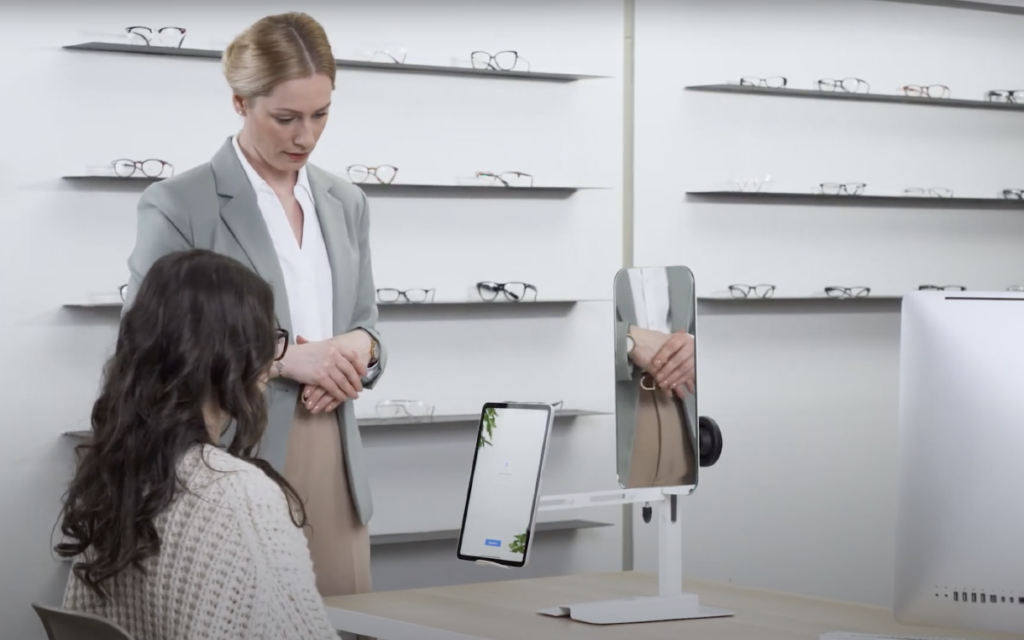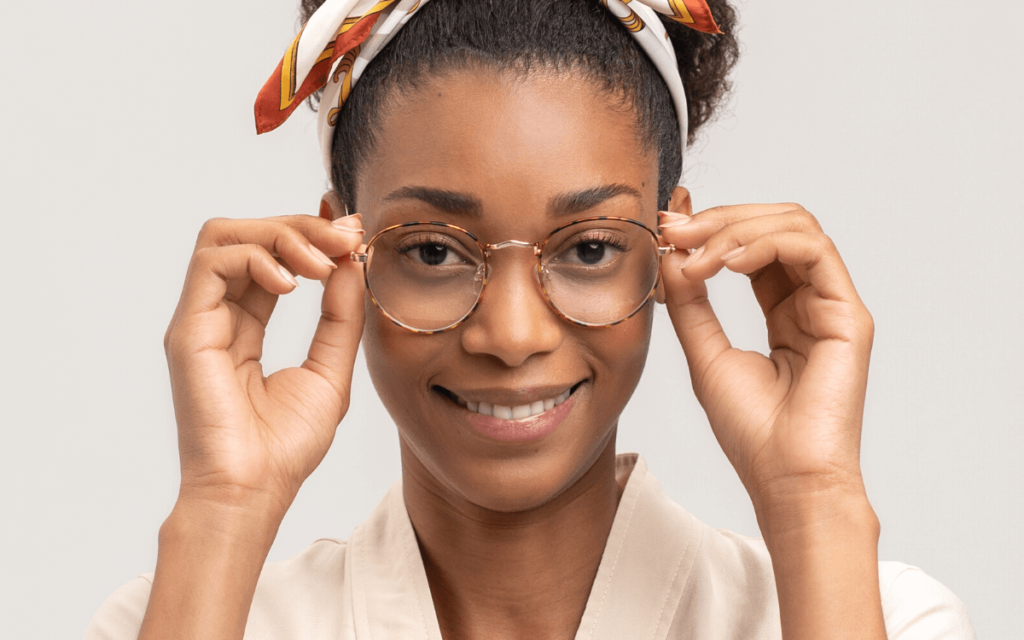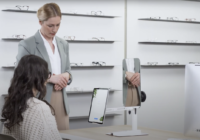![]() Reading time: 2 minutes
Reading time: 2 minutes
The human visual system perceives 3D by combining the images received by two eyes. Copying this so-called stereo processing ability on humans has been a research topic within computer vision/artificial intelligence for some time.
A typical stereo vision setup for imitating human stereo processing relies on having two cameras facing in the same direction. Nowadays many mobile devices have two cameras, one facing forward and the other backward.
Can we use these two cameras for stereo vision?
Yes, we can!
With the use of the patented technology of MIRA, a ‘dual shot’ image taken in front of a mirror does just this.
In this way two images are took of the face:
- One directly by the front camera
- The other through the mirror with the rear camera.
With the MIRA technology, we can ‘reposition’ the cameras and calibrate a stereo setup which can then produce the desired 3D image, with all required measures of the face.
Accurate measurements required by opticians can be easy
MIRA uses this technology to acquire all the required optical measures from the scene, let it be a PD measurement, fitting height, vertex distance, wrap angle, pantoscopic tilt or corridor length for varifocal lens.
MIRA comes with remarkable accuracy, due to the fact that it uses stereo vision techniques based on strong mathematical foundations. Experiments show that its accuracy goes beyond half mm in standard deviation.





